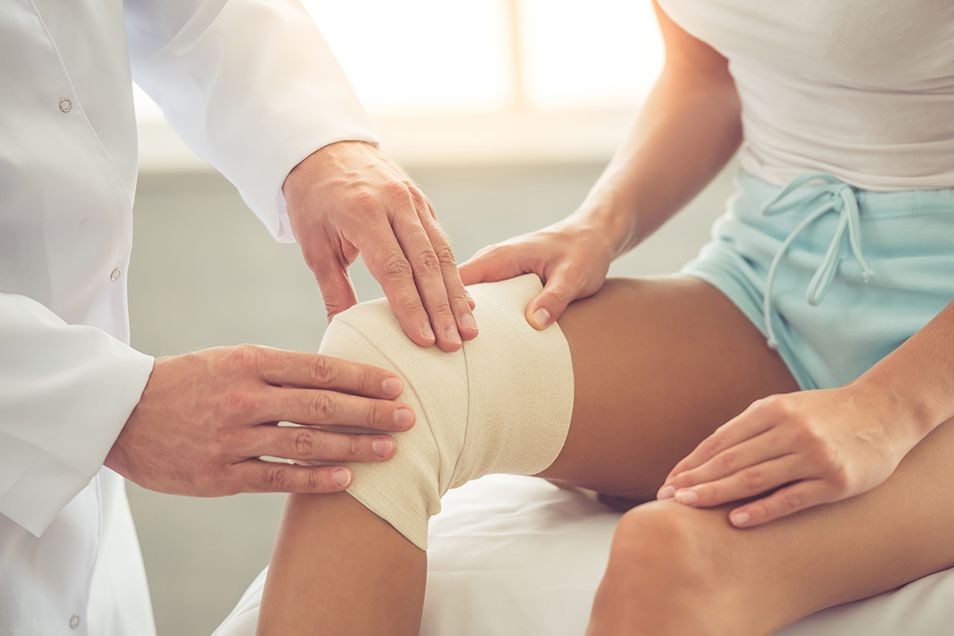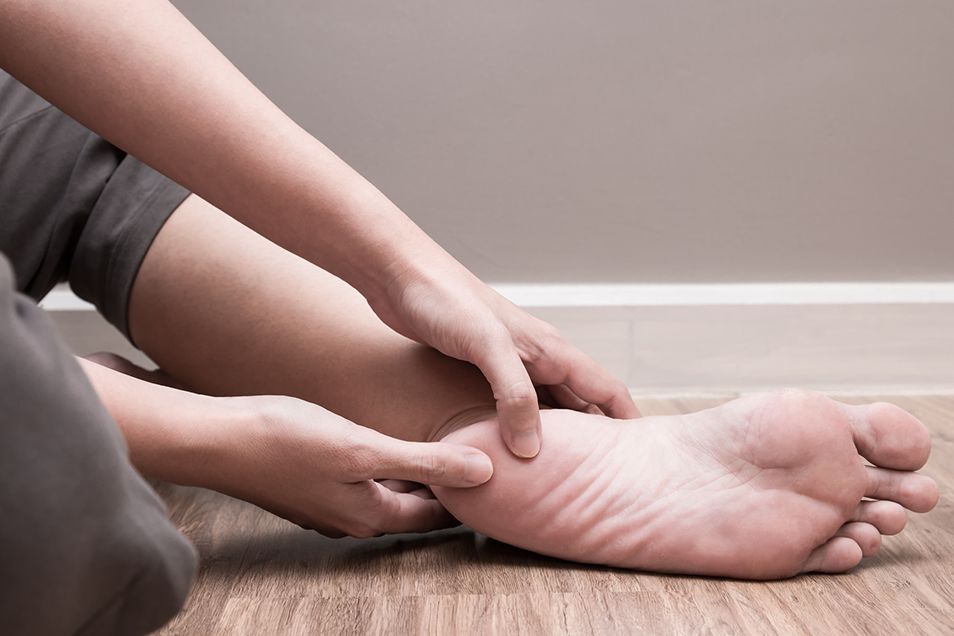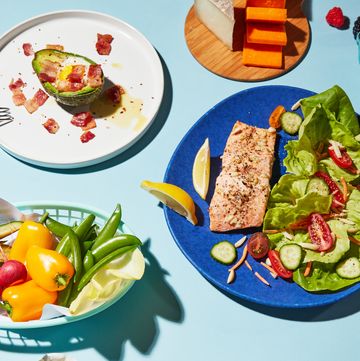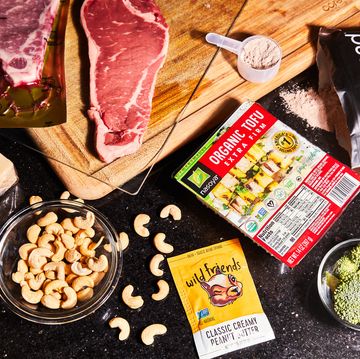Injured? These Nutrients Can Help You Recover
Diet is an important part of running healthy.
When you’re sidelined with an injury, diet can play an important role in getting you back on your feet faster. For each common injury, there is a nutrient (or two) that can help you recover.
Watch Next

Advertisement - Continue Reading Below

What Fruit is In Season Now?

Should You Eat Before or After a Run?

Signs of Vitamin D Deficiency

The Best Energy-Dense Foods for Runners
Advertisement - Continue Reading Below
Advertisement - Continue Reading Below













